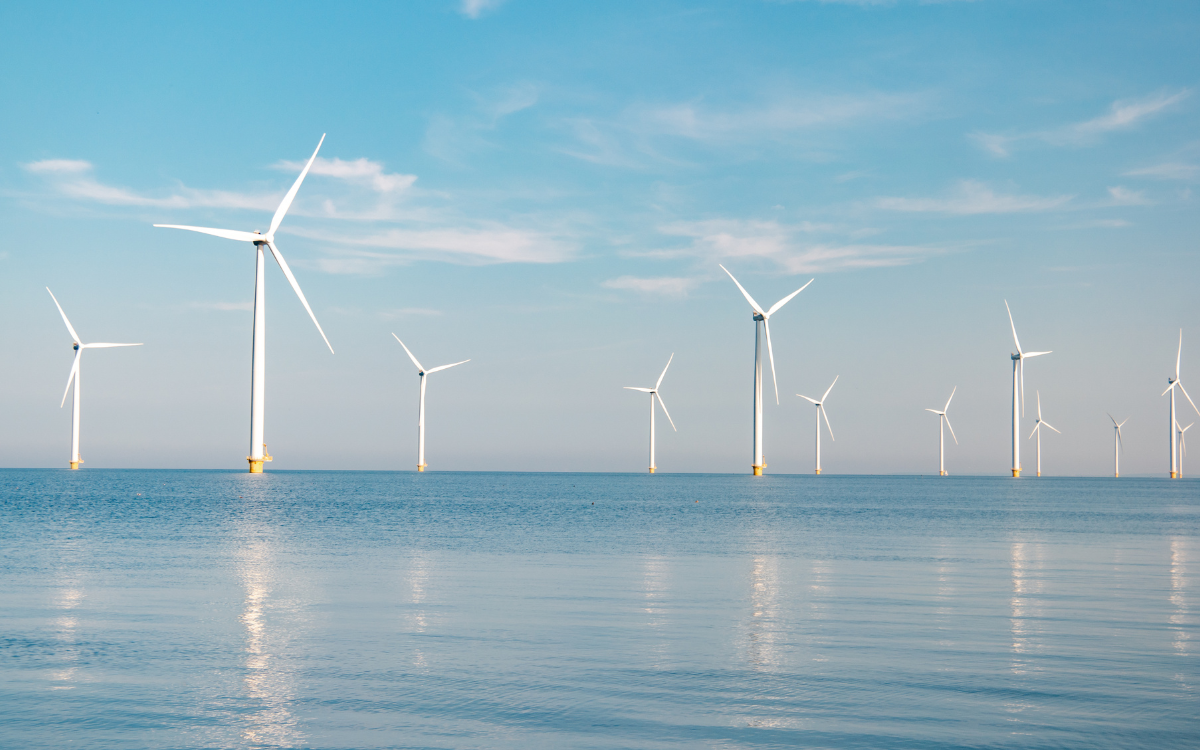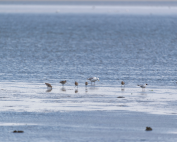Offshore wind energy is an important pillar of the European energy transformation. Its aim is not only to decarbonize the sector, but also to significantly increase the energy security of the EU. However, to fulfil these roles it needs a proper security system for itself. To truly secure offshore infrastructure, an international collaboration between EU Members States and NATO allies is of utmost importance.
In November 2020, the European Commission has adopted the EU Strategy to harness the potential of offshore renewable energy for a climate neutral future. It sets out a list of comprehensive measures with a major objective of having an installed capacity of at least 60 GW in offshore wind by 2030, with a view to reach 300 GW by 2050.
The strategy was adopted before Russia’s armed attack on Ukraine and before the energy crisis that prevailed in Europe due to economic blackmail by the Russian Federation and manipulation of the natural gas market. Since then, the EU institutions and Member States have taken several steps to firstly reduce dependence on energy supplies from Russia, and secondly, to improve the block’s energy security through a massive rollout of renewable energy sources.
In this context, achieving the goals of the EU offshore strategy becomes even more important, but requires debate and concrete solutions is the area of protecting this critical infrastructure from attacks, including cybercrime. In the current geopolitical situation, a generation infrastructure of this scale, with at the same time increasingly integrated EU electricity market, is becoming crucial to securing the energy needs of European citizens.
Offshore wind came into the spotlight of NATO’s military and security services. This is all due, among other things, to the destruction of the Nord Stream 2 pipeline and signals from European countries of increased interest shown by Russian intelligence in the operation of energy infrastructure, including offshore wind farms. In a matter of fact, the Baltic Sea might become an arena of various types of naval and air incidents and sabotage. Therefore, offshore wind farms should be considered particularly susceptible to actions of this type.
Recently we could observe the first important steps of transnational cooperation in the field of offshore wind energy – in April 2024 eight countries – Lithuania, Latvia, Estonia, Finland, Poland, Germany, Denmar, and Sweden signed the Vilnius Declaration, pledging closer collaboration to secure critical infrastructure in the Baltic Sea. They agreed to implement actions in the EU Wind Power Package to unlock the region’s vast offshore wind resources, highlighting the need for accelerated security collaboration.
Similarly, six North Sea countries, including the UK, Denmark, Belgium, Netherlands, Norway, and Germany, have signed an agreement to collaborate on the protection of underwater infrastructure, including oil and gas pipelines, electrical interconnectors, offshore wind farm installations, and subsea fibre optic cables.
Cooperation is also needed at the level of the transatlantic alliance. The NATO army needs real-time data on critical underwater infrastructure, such as pipelines and cables, to protect them from potential threats. Technologies like distributed acoustic sensing can detect vessel anchor drops on the seabed.
Why the international collaboration is so important? If UE and NATO member countries will take different directions towards security systems, some technologies might be incompatible. That might affect interoperability. International collaboration is therefore crucial to prevent incompatible technologies and ensure interoperability between EU and NATO member countries. Common protection should cover IT systems, underwater and land infrastructure, and supply chains to prevent the European Union from becoming dependent on China.
The Polish Exclusive Economic Zone also needs new approach, as it faces inconsistencies in localization decisions, indicating a need for action with the Ministry of Defence. A comprehensive plan should be created to indicate where, how much, and what equipment should be installed, considering the cumulative impact of individual farms on defence aspects. This will ensure a more accurate and efficient plan for the Polish Exclusive Economic Zone.
















